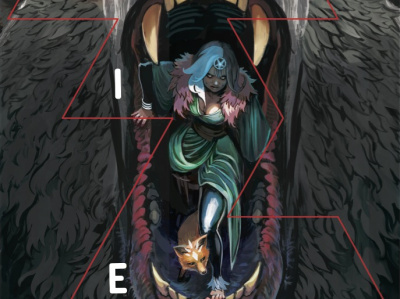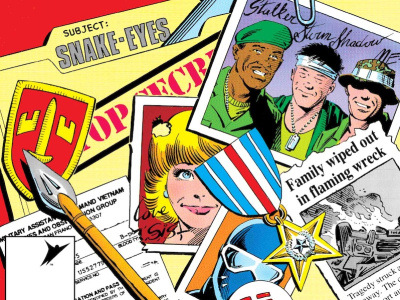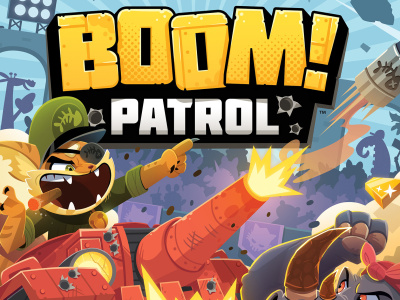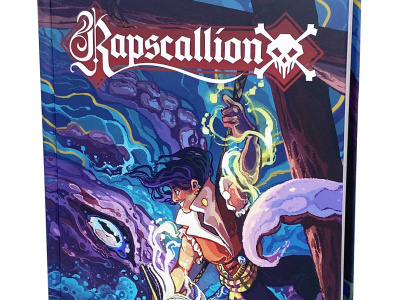
A panel to recall Phil Seuling and his early New York comic conventions, the first conventions with a national draw, was held in conjunction with the 2008 New York Comic Con. ICv2’s Milton Griepp moderated the panel with film producer Michael Uslan; Greg Goldstein, most recently VP-Entertainment at Upper Deck; Diamond’s VP Purchasing Bill Schanes; and DC Comics CEO and Publisher, Paul Levitz. In Part 4, panelists place the early New York comic conventions in the history of the medium and the business. And in Part 5, the panelists continue the discussion of the events in a historical context, and answer a question from the audience. In Part 1, Griepp introduces the panel, kicks off with a favorite Phil Seuling story, and asks the panelists about their first New York comic convention experiences. In Part 2, Levitz wraps up the “first convention” recollections, and a discussion is held to properly place the dates of the convention. In Part 3, panelists share their favorite New York comic convention moments.
Milton Griepp:
I’d like to ask the panelists to place the show in the history of comics. It started as a fan gathering, but because of its location, and the fact that it was the only thing going on at the time, it became something more.
Bill Schanes:
It may sound repetitive, but being from the west coast, our choices were the San Diego Comic Con, which was a fabulous show, but it wasn’t the legendary New York show. So everyone on the West Coast was like, “Gee, I want to go to the mecca” and San Diego was cool, but in ’71, San Diego was a very small show, and we had hundreds of people, not thousands. So we wanted to go to the mecca; we wanted to go to New York City and see the famous New York comic con. They were actually putting original artwork on the covers of the program books and there was a real vibe going on that you wanted to go see. It was very sexy, in a very organic way. You really wanted to go out there and make the trek, and visit the comic con, because San Diego didn’t have that cachet at that point in time.
So we were always very, very envious, being in the West, because that was where all the New York publishers were, that’s where all the big artists lived. We knew Jack [Kirby] was in Sherman Oaks but for us, that’s where all the artists were, was in New York City. Because that’s where the publishers were, we assumed they all worked in the offices,
Paul Levitz:
Most of them were within 50 miles.
Schanes:
So from that perspective, it was a very zen thing to go to New York and make the pilgrimage and see all the famous people, even though we had some famous people on the West Coast. It was a very big event for me. I saved up, and focused, and got ready for that long drive eight years in a row. I took the plane rides home.
Levitz:
Let me answer it a little more broadly in terms of history. At dinner with Stan [Lee] about six months ago, I made the argument that everything that’s going on here in comics today is his fault, and I think there’s a domino theory of the evolution of the comic book business that takes in both Stan’s work and the comic convention both. In the 1960s you have Stan, Julie Schwartz, really a very short list of people, starting to do comics for intelligent kids. They didn’t view it as something you could do for adults, this was just, “we’re going to do this for the bright kids instead of the stupid kids, because we’re going to have some fun doing this.”
Egotistically we’ll all describe ourselves as being among that generation of smart kids who found this interesting, and mostly those were the smart kids who showed up at the comic conventions. Those kids are the ones who came into the business, whether they came in as marketers, distributors, publishers, working for the publisher for two minutes and then teaching a course in it and then going off on the film side, however and in which ever fashion, and began agitating for change.
We said, “Comics can be great; we want to do great comics. We don’t want to be screwed like the guys before. We want to do wonderful work, and we want to make money doing it, and we want to have a good time doing it.” That’s part of what led to Bill’s work at Pacific as one of the early independents; it’s part of what led to the work of those of us who stayed working within the majors, starting artists royalties, participation in the characters….
You can get more out of this if you give people a fairer shake. When that broke through in the early 80s from all of these forces (and it would have happened without any one individual or any group of individuals, but it happened to be the bunch of us who were there at the time who were pushing for it), you very swiftly have a quantum leap in the creative quality of what happened in American comics. What’s going on here in this hall today is largely happening because of the group of people who read those books in the mid-80s. They became journalists and said, “Of course comics can be great. I read Maus, Watchmen, Dark Knight, Elektra, Daredevil,” whatever it was that gave them the passion. “I’m going to judge by that standard.” It’s not going to be, “Isn’t it amazing that they did a comic book that makes some sense?” They said, “Of course, this is genuine art.”
Some came into field as creators, many became the journalists who wrote about it, many became the booksellers. We had a couple of guys up two minutes ago who were Random House salespeople who just started handling our line. They said, “We love comics, we’re happy to be doing it.” That generation really comes from all of it. The conventions brought us together. It’s where we met. I walk through this hall, and I have so many friends who go back to when I was 14, 15, 16 years old, with a shared sense of purpose. We might have been on the opposite side of business deals along the way, we might have been competing companies, certainly had our share of arguments, but we all shared a very high sense of common purpose and the conventions crystallized all of that.
Schanes:
It was the first gathering point.
Levitz:
It's like, "We’re here. We’re the tribe. Hal Foster may not be my favorite artist, but the tribe has elected Hal Foster one of the great artists. So I have to respect that, and I have to worship that," and we pulled together in all of that in a really unique fashion in American culture at that time. And we changed the culture, as a result.
Michael Uslan:
I’m going to take the position as the crotchety old man for a minute, which I often do. I’m elated. As I had a chance to walk around for the last hour up here, my comment was, “Oh my God, I’m at a huge comic con and look, there’s comic books. There’s original artwork.” My biggest complaint has been that so many of them have gotten so big and so diluted that you can walk through endless hallways and see no comic books and see everything else but comic books. For a comic con, especially for a New York comic con, to pull back to the roots and really get the old comics and the new comics and the art out there again is something I’ve been looking for for a long time, that I felt has been significantly missing.
I couldn’t possibly agree more with what Paul said. It goes back to what I said initially, finding out that there were other geeks like me out there, that I wasn’t alone in the universe and there were people who shared this passion and shared this joy and had this thirst for knowledge in the history of the subject matter; who made people like C.C. Beck, Otto Bender, Neal Adams and Hal Foster into our version of rock stars; and that was a wonderful gift to give people. Many creators who for years got very little financially from it were able to finally meet their fans and to have that kind of respect from people who knew their work, knew their careers, and followed it, and for that little part I played in it since I was 13, I’m proud.
And here we sit today. The Metropolitan Museum of Art in New York is going to open an exhibit on May 7th showing how comic book superheroes have influenced fashion, and Action #1 will be on display, and Detective #27 will be on display, along with many other comic books. The Smithsonian Institution has honored American comic books in many programs over the past few years.
We’re finally catching up to the Louvre. We’re finally catching up to the rest of the world. And you’ve got to give the credit to the comic book conventions, to the tribe, to the attention that it receives for having gotten the message out that this is an indigenous, legitimate American art form and that this is our modern day mythology.
These creators, since the ‘30s, have been the people who have given us our generation of gods and goddesses, monsters and villains, damsels in distress, and damsels who could knock the hell out of any guy they came across, so it’s been a great, great journey through the comic book conventions.
For Part 5, click here.







